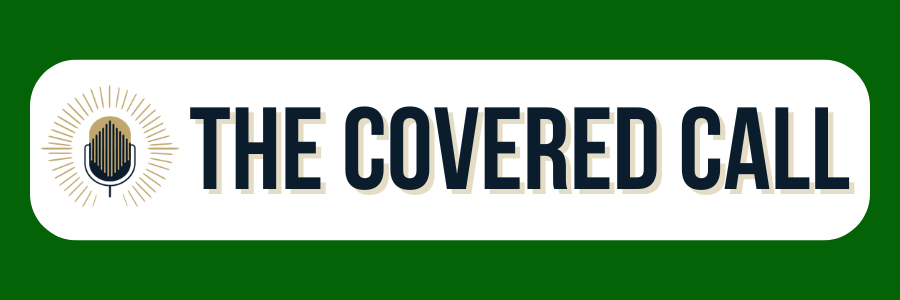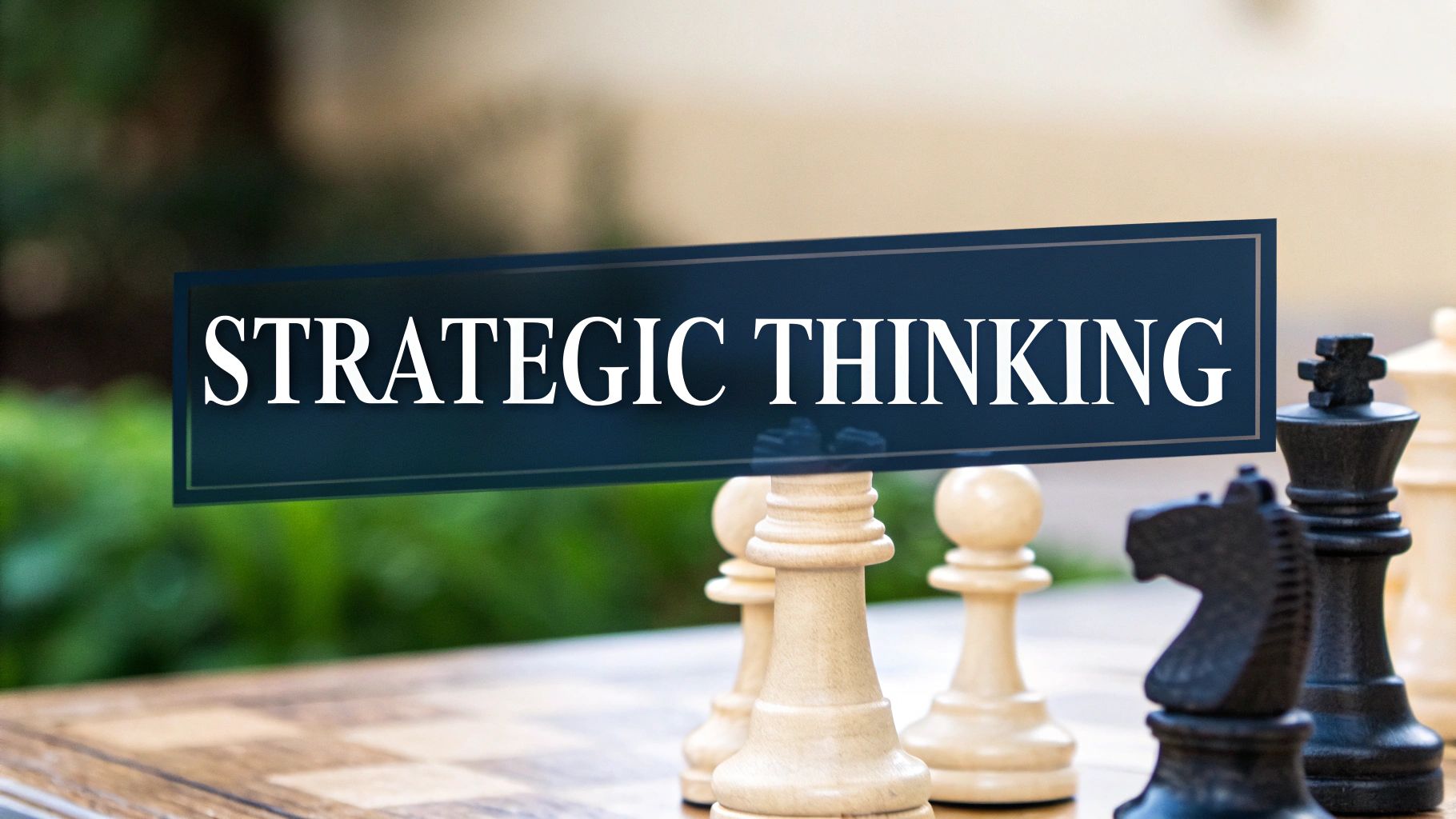Understanding Strategic Thinking: A Modern Leadership Essential
Strategic thinking goes beyond simple problem-solving - it's about actively shaping what comes next. Like a chess grandmaster, good strategic thinkers can read the current board position while planning several moves ahead. This skill helps leaders spot opportunities and risks before others do, giving them a real edge in business and life.
Why Strategic Thinking Matters
Many leaders get stuck in reactive mode, jumping from crisis to crisis. This short-term focus leaves them vulnerable when bigger changes hit. Strategic thinking helps you spot shifts early and position yourself or your organization for success. For example, a company that notices changing customer preferences can develop new products ahead of competitors, rather than playing catch-up later.
Developing Strategic Thinking Through Practice
Just like building any skill, strategic thinking improves with focused practice. Simple exercises can help develop your ability to analyze information, spot patterns, and find creative solutions. These can range from brainstorming sessions to real-world scenario planning. The key is regular practice - much like an athlete training specific muscles, consistent strategic thinking exercises build this mental capability over time.
According to Harvard Business School Online, strategic thinking skills are among the most valued management abilities. Companies actively seek employees who can think critically and plan ahead because these skills drive business growth. Key ways to improve include:
- Regular self-reflection on past decisions
- Asking better questions about root causes
- Learning from both successes and failures
- Seeking feedback from mentors and peers
Building Your Strategic Foundation
Becoming a better strategic thinker takes time and dedication. Start by setting aside regular time to practice strategic exercises and reflect on your decision-making process. Focus on understanding cause and effect relationships in your field. Pay attention to early warning signs of change. Most importantly, maintain curiosity about how things work and what might come next.
The more you develop these skills, the better equipped you'll be to spot opportunities others miss. You might find helpful resources here: How to master.... Remember that strategic thinking isn't just for business - it's valuable for navigating career choices, personal goals, and life's big decisions.
Battle-Tested Strategic Exercises From Military Leaders
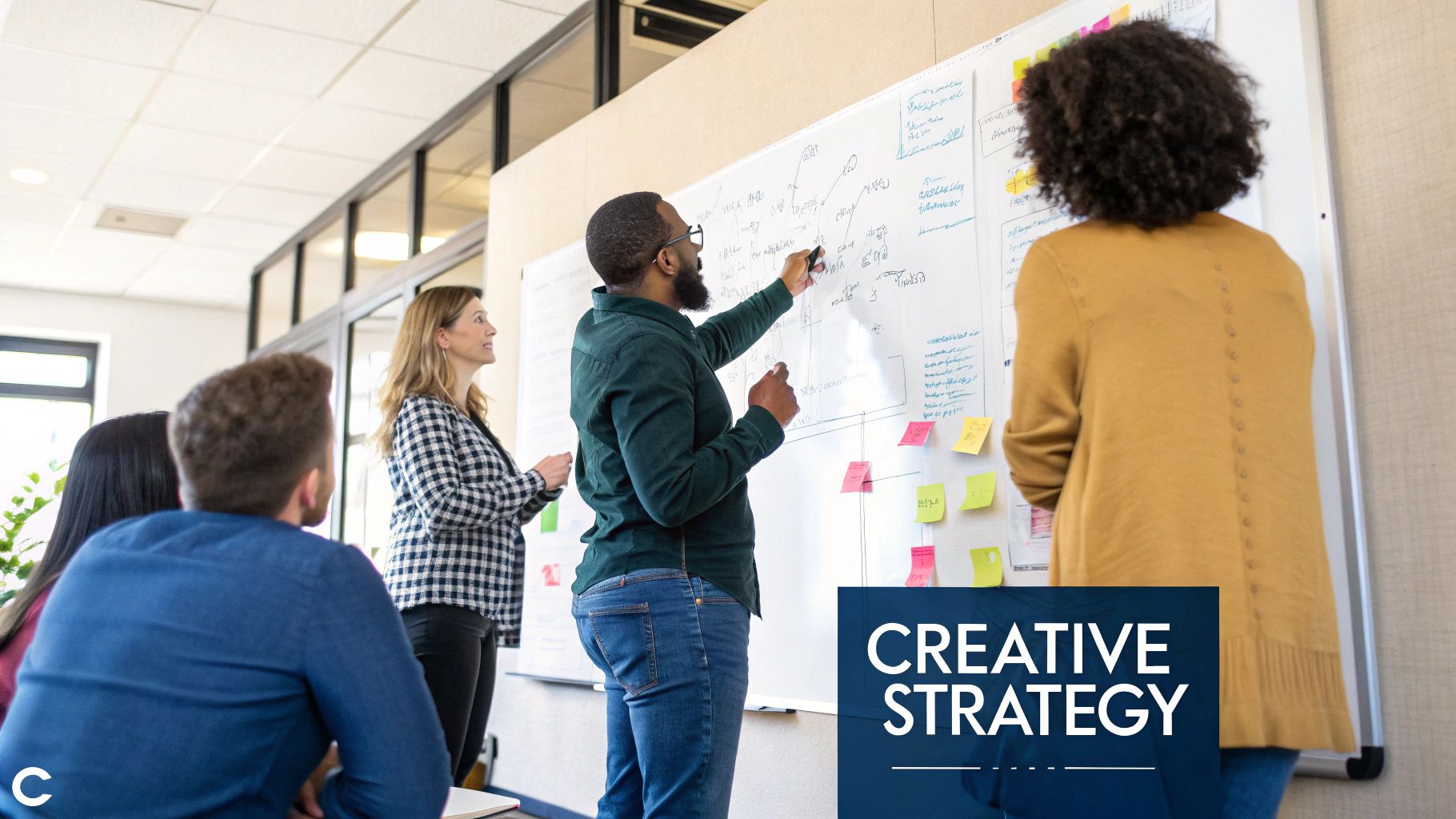
Military leaders make decisions that directly impact lives. Their strategies and decision-making methods, refined through real combat experience, offer practical lessons for business and personal growth. By studying how military commanders think and solve problems, we can gain useful insights that apply across many fields.
Adapting Military Frameworks for Business
Military leaders excel at situational awareness - they constantly assess battlefield conditions, gather intelligence, and analyze both enemy capabilities and their own resources. Business leaders can apply this same mindset by staying alert to market conditions, understanding competitors, and knowing their company's strengths. Like a general uses scouts to track enemy movement, companies use market research to spot consumer trends.
Military strategists also focus heavily on pattern recognition. They study past battles to predict enemy tactics and develop effective responses. This transfers well to business - examining previous market shifts, competitor moves, and company performance reveals useful patterns that can guide future strategy. Spotting these recurring situations helps leaders make better choices.
Specific Strategic Thinking Exercises
One key military training tool is wargaming, where teams run through different battle scenarios to test their plans. Companies can use similar scenario planning sessions to prepare for potential market changes or disruptions. Walking through various "what-if" situations helps teams spot gaps in their strategy and develop backup plans.
The military's post-operation review process examines completed missions to capture key lessons. This approach works just as well for business projects - teams should analyze what succeeded, what failed, and how to improve next time. The U.S. Army Research Institute has developed exercises like 'Reflecting on the Environment' that help leaders learn from past experiences.
Cultivating Clear Judgment Under Pressure
Military commanders must make sound choices under extreme stress and uncertainty. Building this skill takes consistent practice and self-awareness. Simple techniques like mindfulness and stress management help develop the mental strength needed for clear thinking in tough situations. These same methods can help business leaders stay focused and make rational decisions during challenging times.
Future-Focused Exercises That Sharpen Strategic Vision
Good strategic thinking requires looking beyond today - it means developing the ability to spot changes before they happen. Leaders who excel at this skill use specific exercises to build their strategic foresight, which helps them stay ahead of market shifts. Let's explore some key practices that can strengthen your future-focused thinking abilities.
Identifying Emerging Trends
To think strategically about the future, you need to spot new trends early. This means looking past what's happening right now to see what could become important later. For instance, a retail company should study how technology might change shopping habits over the next 5-10 years, rather than just focusing on current sales data. This helps companies prepare for changes instead of just reacting to them.
Developing Adaptive Strategies
After identifying potential future scenarios, the next step is creating strategies that can adapt as needed. Think of it like sailing - you need to be ready to adjust your course when the wind changes. This means having backup plans ready and being prepared to shift direction quickly when circumstances change.
The Power of "Flipping Minimal and Abundant"
A helpful exercise for seeing future possibilities is called "Flipping Minimal and Abundant." Start by looking at market statistics - what's common today versus what's just emerging. Then flip those numbers in your mind. For example, if a new trend represents just 1% of the market while established practices make up 99%, imagine a future where those percentages swap places. This exercise helps you see how small trends today could become major forces tomorrow. Learn more about this strategic thinking exercise.
Creating Flexible Plans
Good future planning requires building flexibility into your strategies. Rather than creating rigid plans that can quickly become outdated, develop approaches that can evolve as conditions change. Think about including regular checkpoints to review and update your plans based on new information and changing circumstances.
Implementing Strategic Foresight
The most effective organizations make future thinking a regular part of their planning process. They set aside specific time to explore possible future scenarios, identify potential disruptions, and develop plans that can adapt. They work to build a culture of strategic thinking where everyone contributes ideas about future possibilities and helps shape where the organization is heading.
"Rewrite this section" applied:
Learning From History's Greatest Strategic Decisions
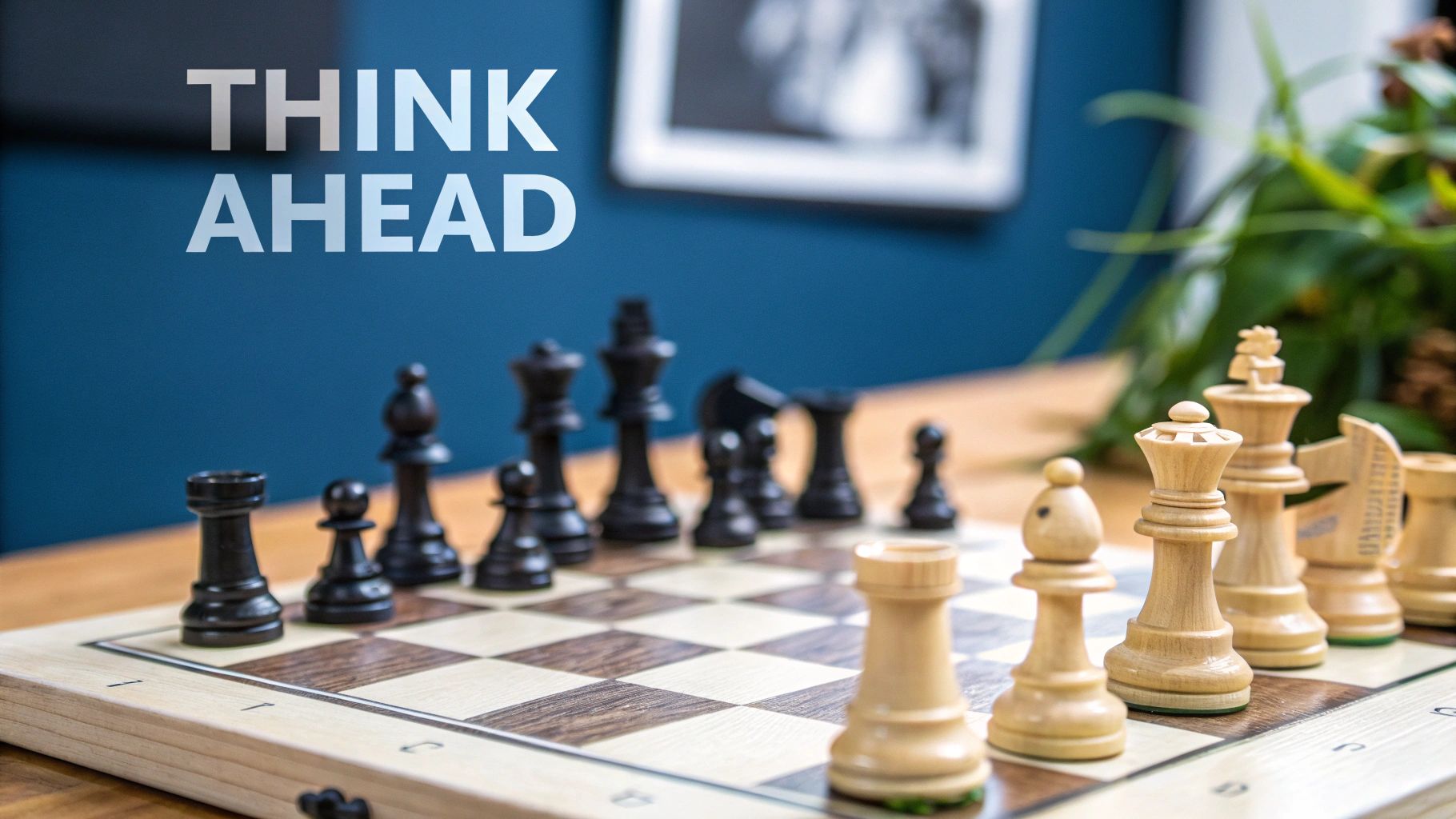
Great strategic thinking isn't just about planning ahead - it's about understanding what worked (and what didn't) in the past. By studying key historical decisions and their outcomes, we can make better choices today.
The Power of Historical Analysis
Looking at major historical events reveals important lessons that still apply. Take the Battle of Cannae in 216 BC - Hannibal was vastly outnumbered by Roman forces but won through clever tactics that exploited his opponent's weak points. This shows how understanding your competition's vulnerabilities can lead to success even when facing tough odds.
The impact of flawed planning also offers critical insights. For example, Germany's Schlieffen Plan in WWI failed because it was based on incorrect assumptions, forcing them to fight a devastating two-front war. This highlights why accurate analysis matters so much in strategic planning. Learn more about strategic analysis principles at Classics of Strategy.
Analyzing Triumphs and Failures
Success stories teach valuable lessons. The American Revolutionary War shows how smaller forces can win against bigger opponents through smart alliances, unconventional tactics, and determination. But we learn just as much from studying failures.
The Bay of Pigs invasion demonstrates what happens when poor planning, overconfidence and lack of good intelligence come together. The failed 1961 operation shows why challenging assumptions and gathering solid information matter more than wishful thinking. Both victories and defeats offer practical lessons for modern decision-making.
Applying Historical Wisdom to Contemporary Challenges
The strategic principles that shaped empires can help guide today's business decisions about entering new markets or handling competition. Looking at how historical leaders navigated major challenges provides a framework for:
- Building effective negotiation approaches
- Managing during crises
- Leading organizational change
- Developing long-term strategic plans
By studying these patterns from the past, we can spot similar situations early and avoid repeating old mistakes. This historical perspective helps develop better strategic pattern recognition skills for making smarter choices now and in the future.
Team-Based Exercises That Build Strategic Muscle
Teams create the foundation for excellent strategic thinking in successful organizations. Like a championship sports team relies on coordinated play, companies need employees working together to achieve common goals. Moving beyond solo strategic exercises to collaborative activities helps build this vital skill across the entire team.
Developing Collective Strategic Intelligence
When team members bring their unique perspectives and experiences together, they tap into something powerful. This collective strategic intelligence helps spot opportunities and risks that individuals might miss on their own. A diverse marketing team with social media experts, content creators, and data analysts working together, for example, creates much stronger campaigns than siloed individuals.
Building Better Ideas Through Teamwork
Team strategic exercises create an environment where fresh thinking can grow naturally. When people feel safe sharing thoughts and questioning assumptions, they often discover surprising insights. Much like a good brainstorming session, this open exchange of ideas helps teams stay nimble and creative.
Practical Techniques for Strategic Thinking Sessions
To run effective team strategy sessions, keep these key practices in mind:
- Set Clear Goals: Begin with specific objectives for the session. What strategic questions need answers? What specific outcomes do you want?
- Make It Safe: Foster open dialogue and healthy debate. Every team member should feel comfortable sharing ideas, even unconventional ones.
- Use Visual Tools: Whiteboards, flip charts and other visuals help teams organize thoughts, find connections, and build shared understanding.
- Give Clear Roles: Having a facilitator, note-taker, and timekeeper keeps sessions focused and productive.
Breaking Down Barriers and Testing Assumptions
Department silos often block good strategic thinking. Team exercises help break these barriers by bringing different functions together. These sessions also help teams question their basic assumptions about markets, customers, and capabilities. Similar to the "Flipping Minimal and Abundant" exercise mentioned earlier, teams can use group activities to find fresh perspectives.
Tracking Team Strategic Growth
Measuring progress helps teams improve their strategic abilities over time. Consider tracking these key metrics:
- New Strategic Ideas Generated: Shows the team's ability to develop fresh approaches
- Strategic Decision Impact: Measures how team choices affect overall results
- Strategic Confidence Levels: Tracks how comfortable team members feel with strategic thinking
Using these measurements gives teams insight into their strengths and weak spots. This feedback loop helps build lasting strategic skills throughout the organization.
Measuring Your Strategic Thinking Progress
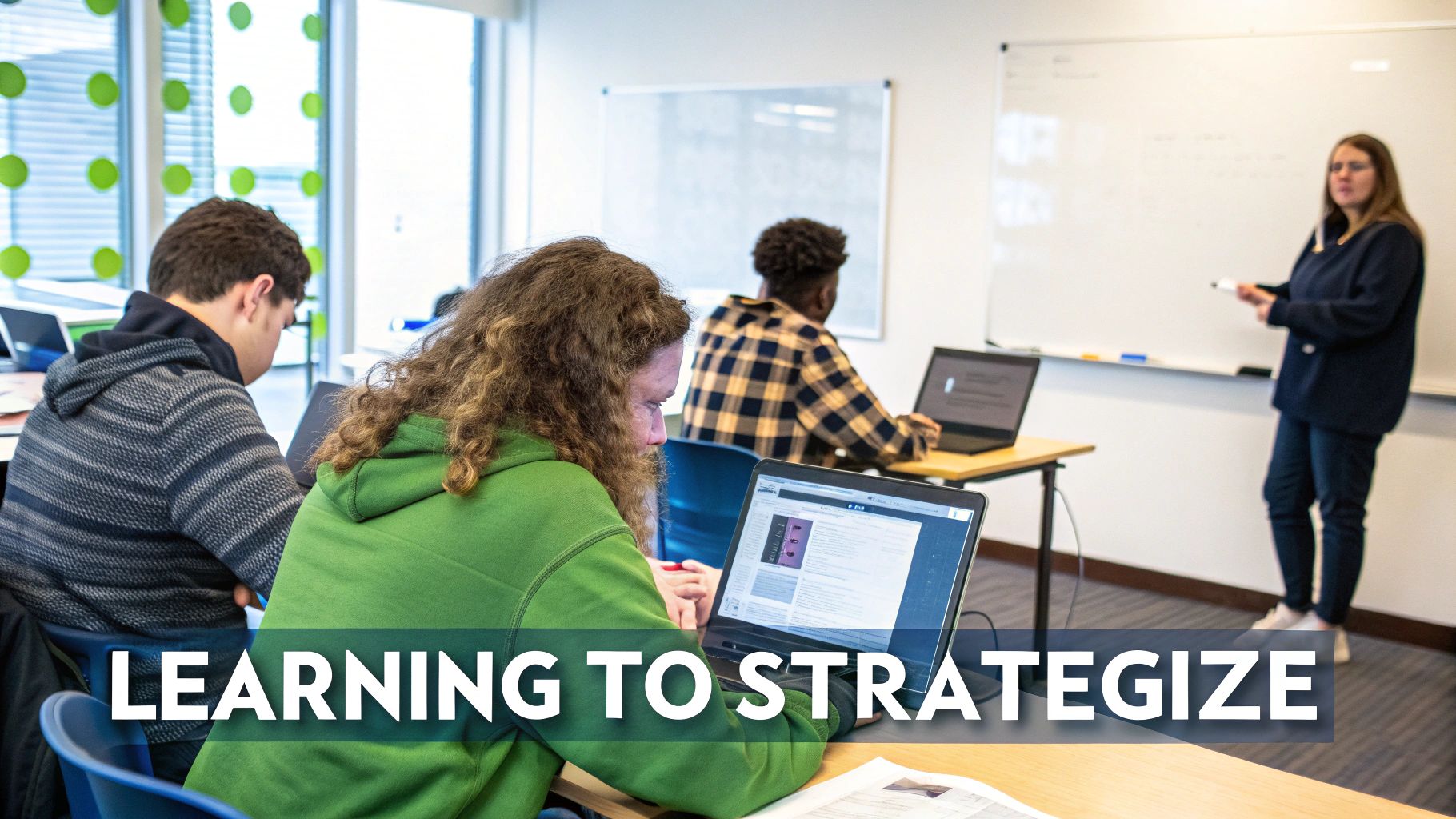
Think of developing strategic thinking like building physical fitness - you need clear ways to track your progress over time. Without measuring your growth, it's difficult to know if your efforts are paying off. Let's explore concrete methods to assess your strategic thinking skills and create an effective plan for improvement.
Assessing Your Current Strategic Thinking Capabilities
Start by taking an honest look at where you stand today. Ask yourself: How well do you analyze complex situations? Can you spot potential problems and opportunities early? Do you consistently find creative solutions? Think back to recent decisions and note what went well and what could have gone better. This self-evaluation gives you a starting point to work from.
Creating a Targeted Improvement Plan
With a clear picture of your current abilities, you can build a focused plan. Maybe you need to work on seeing different perspectives or thinking through long-term effects. Pick specific exercises and practices that target your weak spots. Just as a good workout plan focuses on particular muscle groups, your strategic thinking development should address specific skills.
Metrics for Measuring Progress
Here are key indicators that show your strategic thinking is getting stronger:
- Better Decisions: Are you making sound choices more often? Look for a pattern of improved outcomes
- Sharper Foresight: Do you catch potential issues earlier? Track how often you successfully predict challenges
- Fresh Solutions: Are you finding more original ways to solve problems? Note when you develop truly new approaches
- Quick Adjustments: How well do you adapt when circumstances shift? Monitor your response to unexpected changes
These concrete signs help you see real progress in your strategic abilities.
Building Feedback Loops for Continuous Improvement
Growth requires honest input from others and regular self-reflection. Ask trusted colleagues and mentors to evaluate your strategic thinking. After important decisions, take time to consider what worked, what didn't, and why. Write down key lessons learned. This ongoing cycle of feedback and adjustment helps you keep improving and spot any gaps in your approach.
For more insights on building strategic thinking skills and achieving personal success, check out The Covered Call Podcast. You'll hear from successful entrepreneurs who have built their own paths to financial independence.
